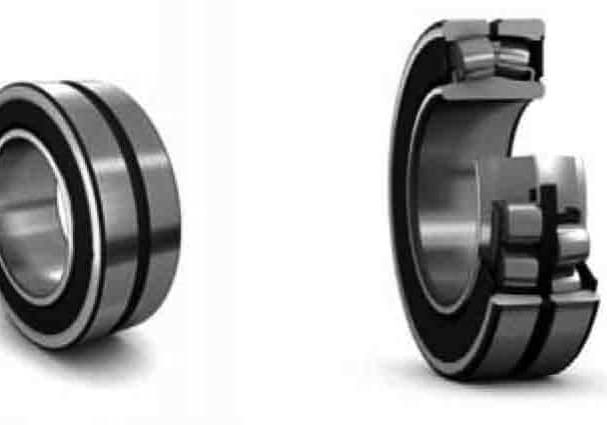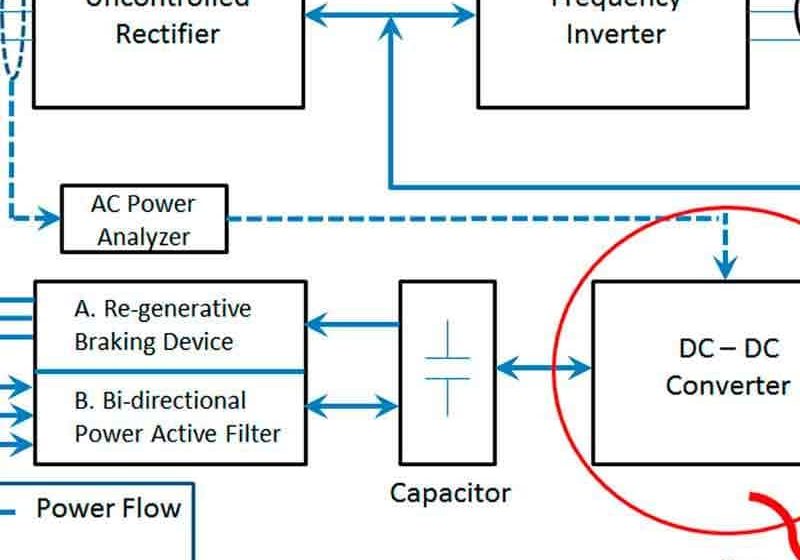Halt Hydraulic Elevator System Problems Before They Start
Feb 1, 2018

Proper maintenance will ensure the benefits and safety of hydraulic elevators are maximized.
By Mark Kreitzburg and Doug Muennich
The oil used in hydraulic elevators is an integral part of operation efficiency and longevity. Hydraulic elevators, which are still prevalent operating systems in many midsize buildings, tend to fail as a result of improper oil maintenance. Identifying the problem and applying an appropriate solution will greatly increase the life of the hydraulic system, as well as decrease the risk of safety-related incidents resulting from various system component failures.
In general, hydraulic elevator systems are 35% cheaper to install than a competing traction elevator, as well as 30% cheaper to maintain annually. However, the money saved on installation and predicted annual maintenance can quickly vanish because of improper oil care.
The Importance of Oil in Hydraulic Systems
The oil within hydraulic elevator components performs many essential system-prolongation functions. Oil prevents friction of components, increasing their lifecycle. It transfers heat to keep parts cool and transmits force for mechanical equipment functionality, among other important operations within the hydraulic system. Properly maintained oil is the key to hydraulic elevator performance and long-term reliability.
When you start noticing symptoms of component failure, tracing them back to the source is critical in preventing total system failure. Even more important is proactively maintaining the health of the oil before symptoms start to emerge.
Common Symptoms of Oil Degradation and Contamination
Odor
While odor can seem like a trivial problem to address, hydraulic elevator systems with contaminated oil can create an extremely unpleasant odor. Odor is an obvious indication that something is wrong with the oil. There are various odors that can pinpoint the source of the problem. Some common odors associated with oil degradation and contamination are: skunk, burnt food, rotten eggs, roadkill, almonds and chemical odors.
Leveling
Leveling is described as the accuracy of an elevator car coming to a stop in line with the intended floor’s walking surface. The control valve plays a key role in elevator leveling. Leveling problems are directly correlated to several oil-related issues that cause control-valve complications. Sticky contaminants such as varnish (or sludge) create additional friction on the internal surfaces, causing erratic elevator control. Other factors such as oil viscosity play an important role in elevator leveling. Oil that is either too hot or too cold can cause the viscosity to fall out of the defined parameters that determine where the elevator will stop.
Leveling is a very common elevator problem and poses the most risk for injury. The misalignment of an elevator and floor is a tripping hazard that has led to injuries and lawsuits. Even slight misalignment of the elevator should be taken seriously and repaired quickly to avoid such cases.
Transition Speed
The speed at which the elevator comes to a stop at its floor destination is the transition speed. When the elevator comes to a hard stop, stops between floors, fails to hold its position, stalls with large loads or shows signs of related symptoms, the elevator is experiencing transition problems.
Transition inconsistencies can be sourced in various oil deficiencies and contaminations. The presence of oil oxidation and degraded oil additives create soft contaminants that lead to loss of elevator control. Too high an oil viscosity, air in the oil and poor lubrication of components are all causes of erratic and rough transition speeds.
A Matter of Safety
Hydraulic-oil degradation and contamination can lead to serious injuries triggered by the symptoms previously listed. In fact, misalignment in leveling and transition inconsistencies are two of the most common causes of elevator litigations. According to research compiled by Dennis W. Olson, C.E.I., misalignment accounts for 25% of all elevator incidents, and transition speed accounts for 27%. Unless an elevator accident can be explained by a design defect, most elevator litigations result in negligence rulings, in which the maintenance contractor, owner, installer or manufacturer is held liable.
Elevator misalignment can cause riders to trip and fall when exiting or entering. Even misalignment by only 1/4 in. can cause these accidents. Transition speeds are commonly associated with back, knee and ankle injuries caused by the sudden stop or start of the elevator.
The payouts associated with personal-injury lawsuits from elevators average US$300,000-500,000. While there is much more to know about elevator injury and litigation, what has been described is reason enough to stay updated on oil analysis testing and maintenance of hydraulic elevator components.
The Right Tests for Measuring Elevator Health
The indicators are there, but the process of accurately identifying and confirming an elevator issue is necessary to apply the best solution. The best way to accomplish this is through a comprehensive oil analysis.
Oil analysis involves technicians taking oil samples from the hydraulic power unit of the elevator. The testing of the oil seeks to find any impurities and contaminants within the system that point to various component and system failures.
To collect the most accurate data, the oil sample should be taken once the system reaches its optimal operating temperature, if possible. It is recommended that two 4-oz. (118-ml) samples be taken.
It is not enough to simply recognize that oil degradation is present. Deciphering the mode of degradation is essential for appropriate predictive maintenance. Many tests can analyze oil properties; some of the more critical tests include:
- Viscosity: The property of a fluid that resists the force tending to cause the fluid to flow. Changes in viscosity will affect fluid film thickness, causing accelerated wear.
- Water: Detects moisture present in fluid. Moisture will degrade the overall life of the fluid through additive dropout. The moisture will accelerate the oil oxidation process.
- Particle count: Detects and counts physical particles, which are known to significantly reduce component life.
- Acidity: Acidity is the degree of acid present in fluid. Acids are known to cause system and component corrosion and other harmful degradation byproducts.
- Membrane patch colorimetry (MPC): MPC measures soft insoluble products of oxidation and degraded additives. These products of oxidation are often referred to as “varnish” or “sludge.” This test is crucial in determining submicron contaminants that often lead to control-valve issues.
These five critical tests are a great point from which to start verifying the health of both fluid and system. Improper or lack of oil analysis testing is the leading cause of hydraulic-system performance failures. Once oil analysis testing is completed, the samples can be examined to determine the best course of action. Various solutions include flushing of the system, filtering of particles, water removal and other oil purification processes.
Conclusion
Hydraulic elevators are a logical and smart choice for many buildings. With proper oil testing and analysis, necessary preventive-maintenance measures that will greatly decrease oil degradation and contamination, as well as increase the life cycle of the hydraulic components, can be taken. Knowing which symptoms to recognize and performing the proper tests can mean the difference between complete system failure and long operational life.
References
[1] Law Offices of Kaplan & Kaplan P.C. “What You Need to Know About Elevator Accidents Causes and Lawsuits.”
[2] Jeremy Wright. “What’s That Smell? Using Odor as an Oil Analysis Tool” (MachineryLubrication.com).
[3] Brendan Casey. “Symptoms of Common Hydraulic Problems and Their Root Causes” (MachineryLubrication.com).
[4] Bermon & Simmons Trial Attorneys. “Understanding Elevator Injury Cases.”
[5] Renown Electric “Renown Electric Takes Pride in its Preventative Maintenance Methods — One of Our More Comprehensive Methods Is Oil Analysis” (Renown-Electric.com).
[6] Frank Fletcher. “New Life for Hydraulic Elevators,” ELEVATOR WORLD.
[7] Greg Livingstone. “The Real Reasons Hydraulic Fluids Fail,” Tribology & Lubrication Technology.
[8] Dennis W. Olson, C.E.I. “Elevator Injuries 101” (RobsonForensic.com).
Get more of Elevator World. Sign up for our free e-newsletter.








